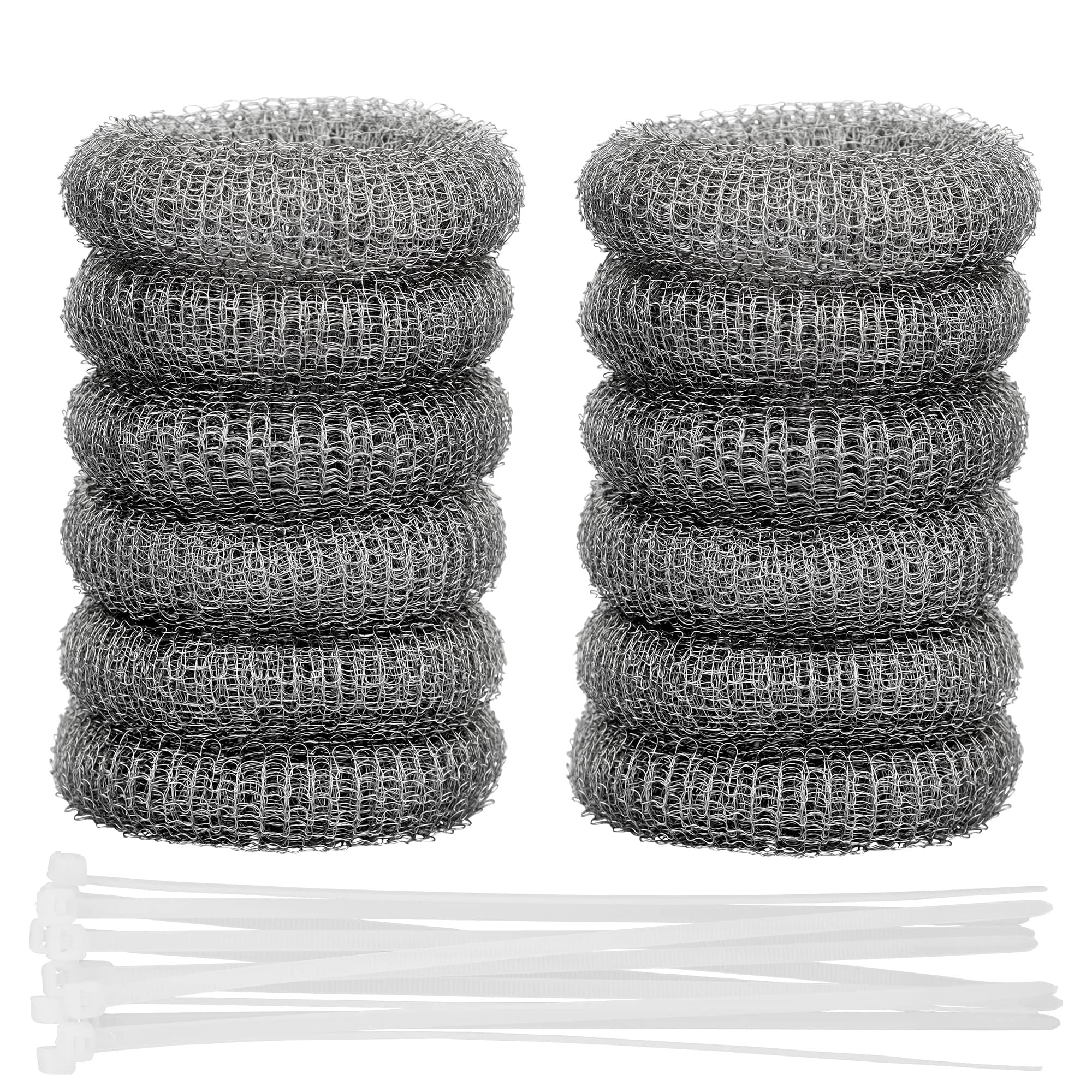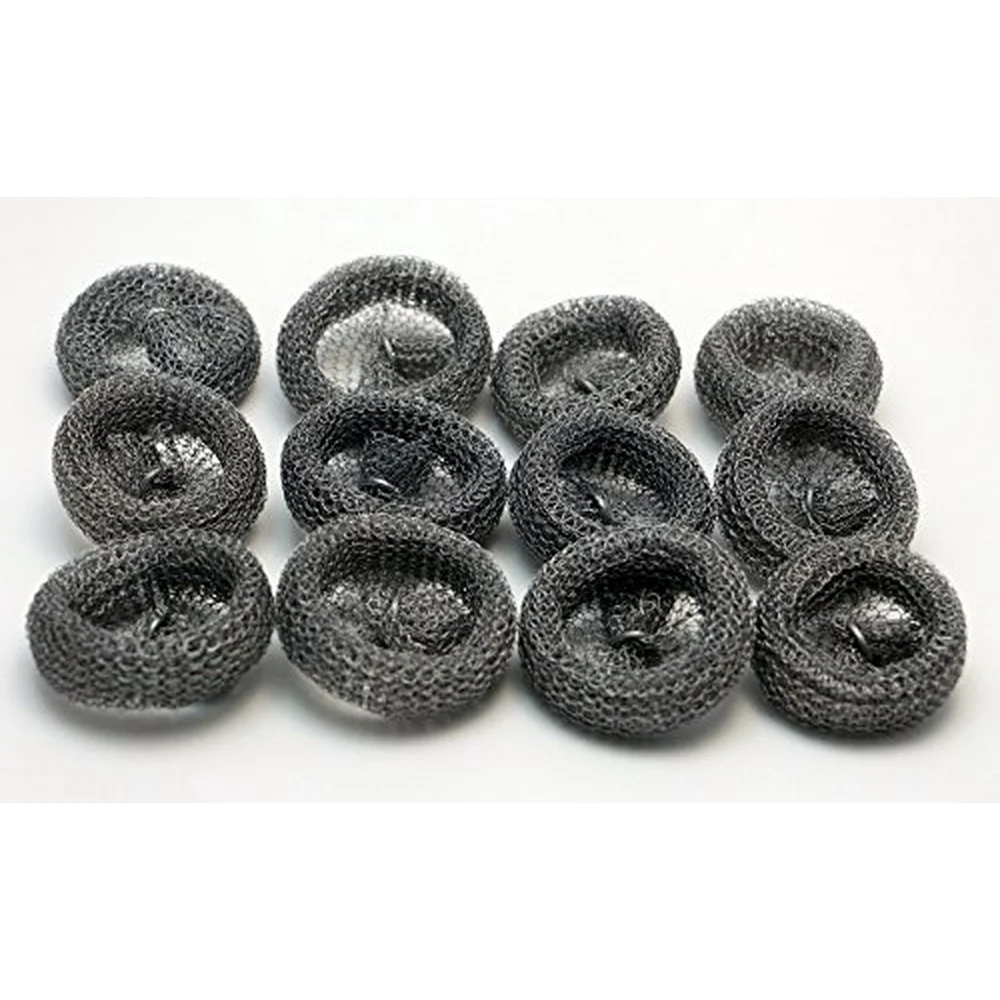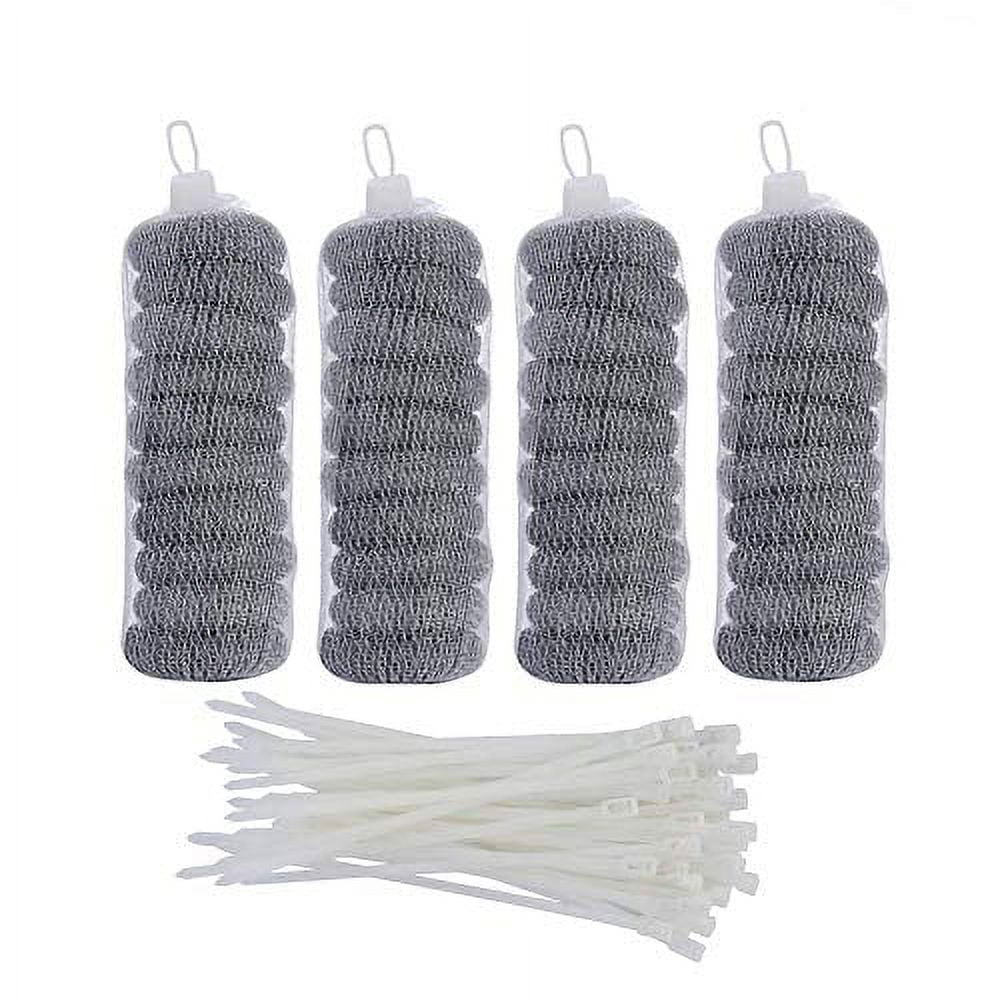Introduction to Washer Lint Traps
For an efficiently running washing machine, a clean lint trap is a must. It’s easy to overlook, but this small component plays a big role. Much like your dryer, your washing machine also has a lint trap. Its job is to trap fibers, pet hair, and other debris during the wash cycle. This helps prevent clogs in your drainage system and ensures clean laundry results.

A clogged lint trap can lead to several issues. It can impede water flow, leave clothes unclean, and even strain your washer. Regular maintenance of the lint trap is essential. Keeping it clean boosts performance and prolongs the life of your machine.
In this guide, we’ll navigate the various types of washing machines to uncover the location of lint traps. You’ll learn the importance of routine cleaning and how to locate the lint trap in both top-load and front-load washers. Stick around for step-by-step instructions on proper cleaning methods, maintenance tips, and when to seek professional help. Let’s get your washing machine in tip-top shape!
Identifying the Need for Cleaning the Lint Trap
When should you clean your washing machine lint trap? Here are clear signs it’s time:
- Clothes not as clean: If your laundry isn’t coming out clean, the trap may be full.
- Lint on garments: Visible lint on freshly washed clothes points to clogged filters.
- Slow drainage: Water draining slower than usual hints at a blocked lint trap.
- Unpleasant odors: Foul smells from your washer could mean a dirty lint trap.
Cleaning your lint trap regularly boosts your washer’s performance. It stops clogs and keeps your clothes lint-free. Aim to clean it every three months. If you wash heavily soiled items often, clean it once a month. Prevent issues like poor drainage, leaks, or extra wear on the washer. Keep an eye out for these signs and stay on top of lint trap maintenance.
Locating the Lint Trap in a Top-Load Washer
Finding the lint trap in a top-load washer is key to preventing lint buildup on clothes. The trap’s location can vary based on the washer’s brand and model. Often, it’s either inside the agitator or along the washer drum’s rim.
Inside the Center Agitator
If your top-load washer has a center agitator, check there first. Remove the cover to reveal a potential lint trap. It may look like a cylinder with holes.
Along the Top Rim of the Washer Drum
Another common spot is the washer drum’s top rim. Feel around for a screen that you can remove to clean the lint off. Be gentle to avoid hurting your fingers.
Locating your washer’s lint trap is simple once you know where to look. Always turn off the washer before starting your search. If it’s not clear, consult the owner’s manual or check online for guidance on your specific model.
Locating the Lint Trap in a Front-Load Washer
If you own a front-load washer, finding the lint trap is important for maintaining your appliance. Unlike top-loaders, front-load washers typically provide external access to the lint filter. Here are the most likely places you will find the lint trap on a front-load washer:
Front-Bottom Corner Access
Often, front-load washers will have a small panel or hatch located near the bottom corner of the machine. Look here for a cylindrical filter that you can unscrew or pop out to check for lint.
Drain Hose
Another possibility is the end of the drainage hose. Some models might have a mesh filter attached to it, preventing debris from clogging the hose.
For precise instructions on locating your front-load washer’s lint trap, consult your machine’s manual. If you’ve misplaced the manual, a quick online search with your washer’s model number could provide the necessary information. Remember to power off and unplug your washer before attempting to access the lint trap. This ensures your safety and prevents damage to the machine.
 Instructions for Cleaning the Washing Machine Lint Filter
Instructions for Cleaning the Washing Machine Lint Filter
Cleaning your washing machine lint trap is a simple yet crucial part of washer maintenance. Follow these steps to keep your lint filter in good shape:
- Power down your washer. Turn off and unplug your machine to ensure safety before you start.
- Locate the filter. Find the filter based on earlier instructions for your specific top-load or front-load washer model.
- Prepare for water. Place towels or a shallow dish underneath to catch any drips when removing the filter, especially for front-load machines.
- Remove the filter carefully. For screens inside the agitator or along the rim, lift out gently. Unscrew or unbolt filters located near the bottom front panel of front-load washers.
- Check and clean the filter. Remove lint, hair, and other debris from the filter. If it’s removable, rinse it under running water and scrub lightly with a soft brush.
- Soak if necessary. For stubborn grime, soak the filter in warm, soapy water and then rinse thoroughly.
- Inspect for damage. Look for tears or breaks in the filter. Replace it if damaged to avoid future problems.
- Reinsert the filter. Carefully place the cleaned filter back in its housing and secure it. For front-loaders, close any hatches and secure the drain hose.
- Run a rinse cycle. With the filter back in place, power on your washing machine and run a rinse cycle to ensure proper function.
Keep in mind your washing machine lint trap should be cleaned regularly, ideally every three months or monthly if you wash often. This simple task can prevent many common washing machine issues.
High-Efficiency Washers and Self-Cleaning Filters
Unlike traditional washers, high-efficiency (HE) washers often come with self-cleaning filters. These modern machines are designed to be more energy and water efficient. They use a different system for dealing with lint from clothes.
The Self-Cleaning Lint Filter System
HE washers have a built-in mechanism that cleans the lint filter automatically. There’s no need for you to manually clean these filters. They work by flushing out the lint with water during the wash cycle. This happens without any additional effort from you.
Maintenance of Self-Cleaning Filters
Even though the filters are self-cleaning, it’s good to keep an eye on them. Run an empty wash cycle with hot water once a month. This will help to remove any lint or residue that might build up over time. If you skip this step, the filter can become less effective.
No Filter Washers
Some HE washers don’t have filters at all. They rely on a powerful water pump to remove lint. They are designed to prevent lint from sticking to your clothes. But, it’s important to check the pump’s filter regularly. Make sure there are no small items like coins blocking the pump.
Signs You Need to Check Your HE Washer
Watch for signs like clothes not being fully cleaned. If you see this, it may mean the self-cleaning filter isn’t working right. Also, if water is not draining well, check the pump’s filter. Clear any blockages you find.
Maintenance of your HE washer is important. It ensures your machine works properly and lasts longer. Remember, even with self-cleaning filters, regular checks are key. They keep your washer running smoothly and your clothes coming out clean.
Maintenance Frequency and Tips for Washer Filters
Maintaining your washing machine lint trap is vital for optimal performance. Here’s what you need to know about the frequency of maintenance and some handy tips:
How Often to Clean Your Washer Filter
- Clean the lint trap every three months.
- If frequent washes are normal for you, clean once a month.
- After washing heavily soiled items, consider a quick check and clean.
Tips for Effective Washer Filter Maintenance
- Schedule Regular Cleanings: Mark your calendar as a reminder to clean the filter regularly.
- Be Thorough: Remove all visible lint, hair, and residue from the trap every time you clean it.
- Check for Damage: Always look for tears or wear on the filter and replace if needed.
- Run an Empty Cycle: Post-cleaning, run an empty hot water cycle to clear any remaining debris.
- Use Proper Tools: Soft brushes and tweezers can be helpful for removing lint without damaging the filter.
Regular cleaning prevents lint from accumulating in your washing machine, which can cause clogs and inefficiency. By keeping up with maintenance, you’ll extend the life of your appliance and save on potential repair costs. If you’re unsure about the process or encounter issues after regular maintenance, don’t hesitate to contact a professional for assistance.
 Professional Assistance and Repair Services
Professional Assistance and Repair Services
Maintaining your washing machine lint trap is crucial, but sometimes professional help may be needed. Here’s when to seek assistance:
- Persistent Problems: If issues continue after you’ve cleaned the lint trap, call a professional.
- Unfamiliar with your Washer: If you’re unsure about locating or cleaning the lint trap, professional guidance can help.
- Visible Damage: When the lint trap or other components show damage, have them assessed by an expert.
Finding a Reliable Repair Service
Look for a service with good reviews and certified technicians. Ask for referrals from friends or search online for reputable appliance repair services.
Preparing for a Service Visit
Before a technician arrives, ensure easy access to your washing machine. Clear the area and have a summary of the issues ready.
What to Expect from the Technician
A skilled technician will examine your washer, identify the problem, and recommend a solution. They may clean the lint trap, replace parts, or suggest further maintenance.
Remember, regular maintenance can help avoid most issues. However, if you’re facing repeated difficulties or technical complexities, don’t hesitate to call in the professionals. They can ensure your washing machine operates efficiently and lengthen its lifespan. Keep your washer working well by knowing when to DIY and when to call for backup.
